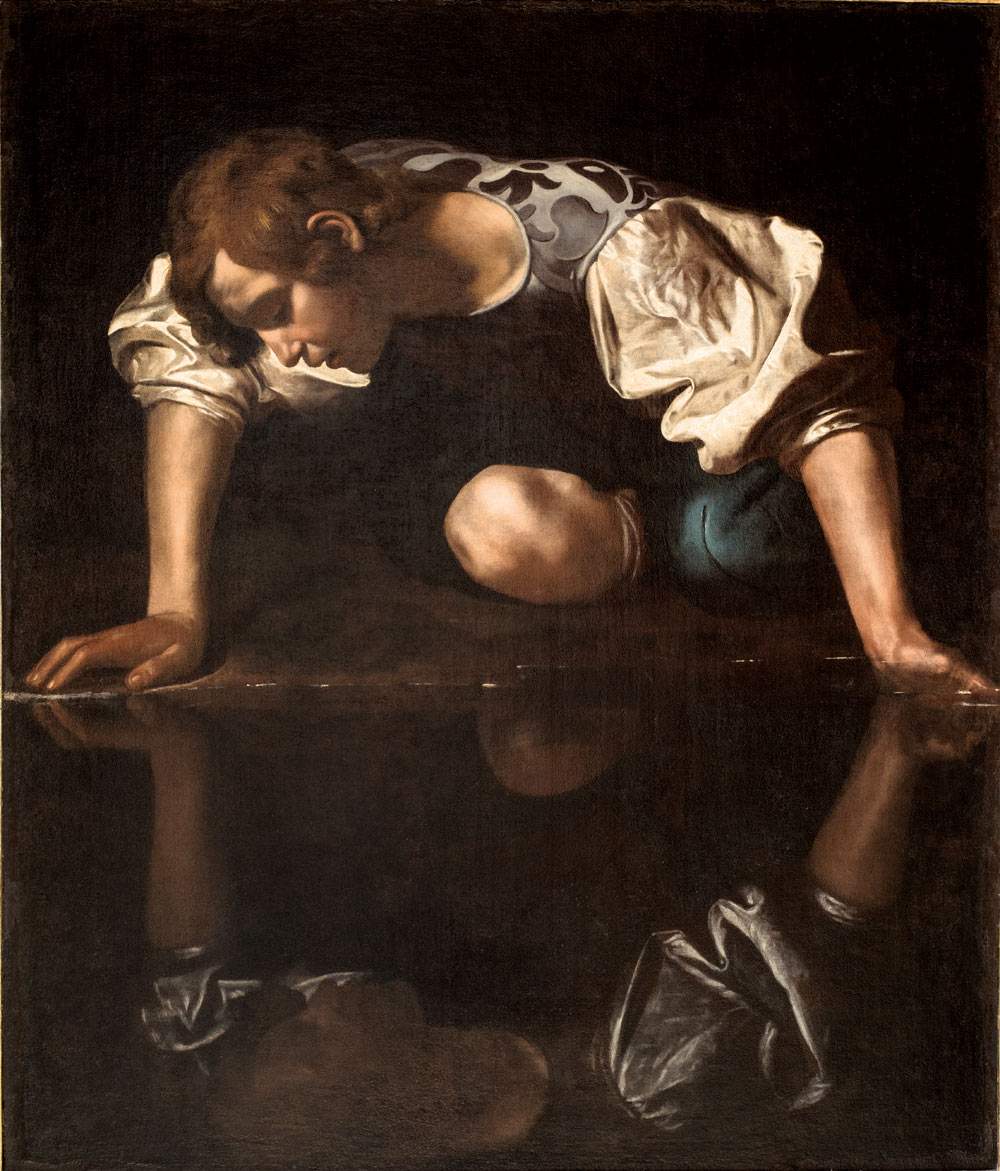From Thursday, September 24, 2020 , two masterpieces that were on loan since last February to the Rijksmuseum in Amsterdam, on the occasion of the exhibition Caravaggio-Bernini. Baroque in Rome dedicated to the birth of Baroque art.
They are Michelangelo Merisi ’s Saint John the Baptist (Milan, 1571 - Porto Ercole, 1610) and the Narcissus attributed to the same artist. These will be displayed alongside two other masterpieces by Caravaggio, namely Judith and Holofernes and St. Francis. While the Narcissus will return to Room No. 25 where it is usually displayed, the St. John, normally on view at the Corsini Gallery, will be included in the tour of the main floor of Palazzo Barberini, in Room No. 26. The new arrangement has become necessary in view of the works that will affect the venue on Via della Lungara starting October 1, 2020.
The St. John the Baptist (1604-1606) shows the young saint without a beard, half-naked and covered by his red cloak, with his cross staff resting at his side, but without the traditional camel fur that appears in other versions. Caravaggio depicts a moment of rest during John’s life of penance in the desert, but compared to traditional iconography, the saint’s attributes are almost marginalized: the bowl, with which John poured water at Jesus’ baptism, is deprived of its sacred role, while the cross is barely visible, hidden by the edge of the painting. In this way, Caravaggio actualized the depiction of the young Baptist in the desert, lending greater immediacy to a theme that had repeatedly lent itself to interpretations in which the sacred and profane are mixed.
The Narcissus (1597-1599) attributed to Caravaggio is distinguished by the unusual compositional scheme conceived almost like a playing card: the lower part is mirrored to the upper part, as if the painter had flipped the upper half of the canvas 180 degrees to obtain the reflected figure. A layout congenial to the story of the young hunter, who falls in love with his own image reflected in the water. The bare knee acts as a center of visual attraction and the wide puffed sleeve accompanies the gaze to the hand immersed in the water in an attempt to embrace the deceptive form of the self-image, as narrated in Book III of Ovid’s Metamorphoses. The mouth is disclosed: it is the climax of Narcissus’ yearning who, realizing the paradoxical nature of his feeling, allows himself to die on the bank of that same spring.
Palazzo Barberini will be open to the public Thursday through Sunday, 10 a.m. to 6 p.m.
Pictured: Caravaggio or Giovanni Antonio Galli called the Spadarino, Narcissus (1597-1599 or 1645; oil on canvas, 112 x 92 cm; Rome, Galleria Nazionale d’Arte Antica di Palazzo Barberini)
 |
| After months in Amsterdam, Caravaggio's St. John the Baptist and Narcissus return to Rome |
Warning: the translation into English of the original Italian article was created using automatic tools. We undertake to review all articles, but we do not guarantee the total absence of inaccuracies in the translation due to the program. You can find the original by clicking on the ITA button. If you find any mistake,please contact us.